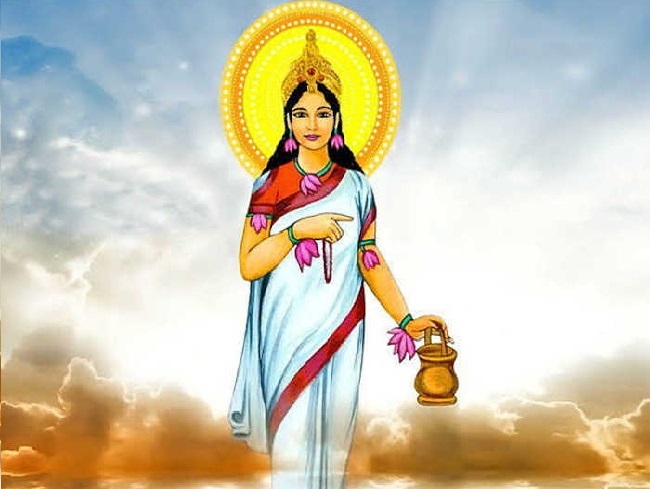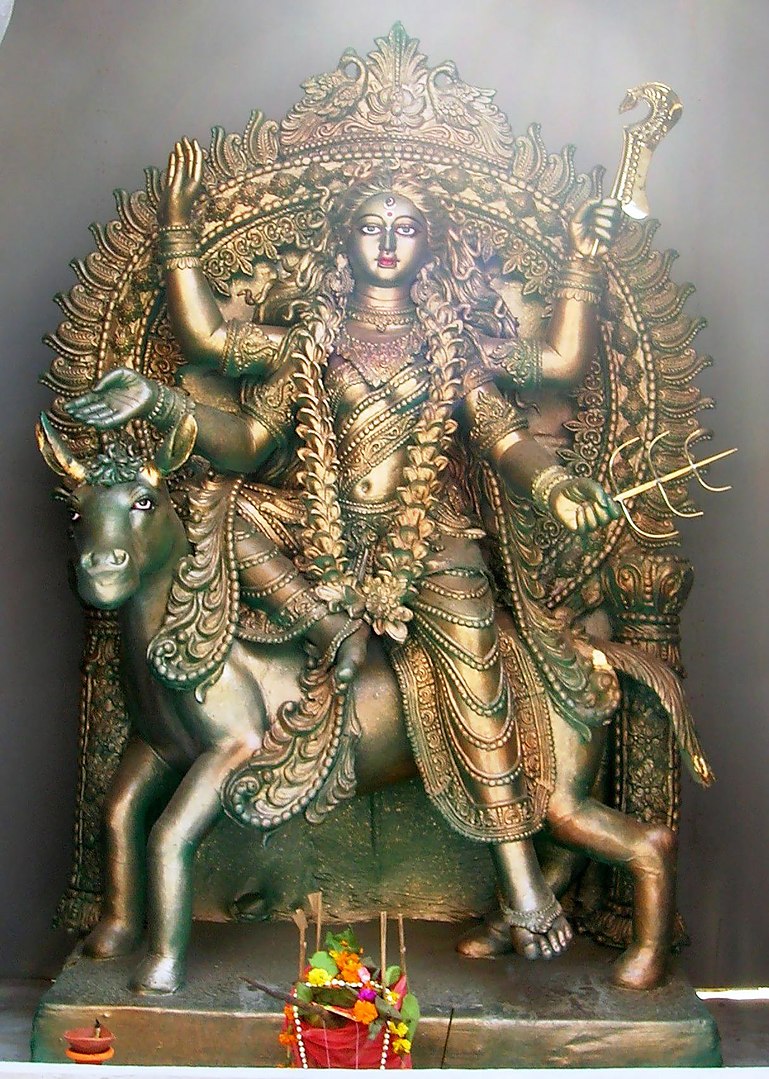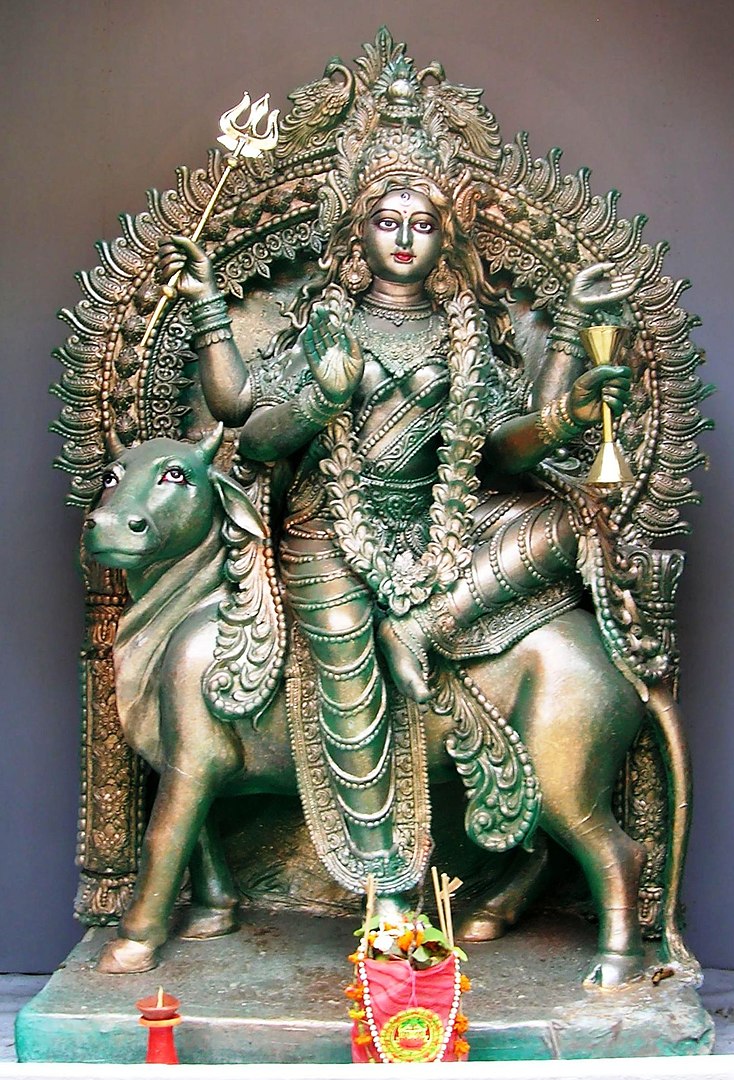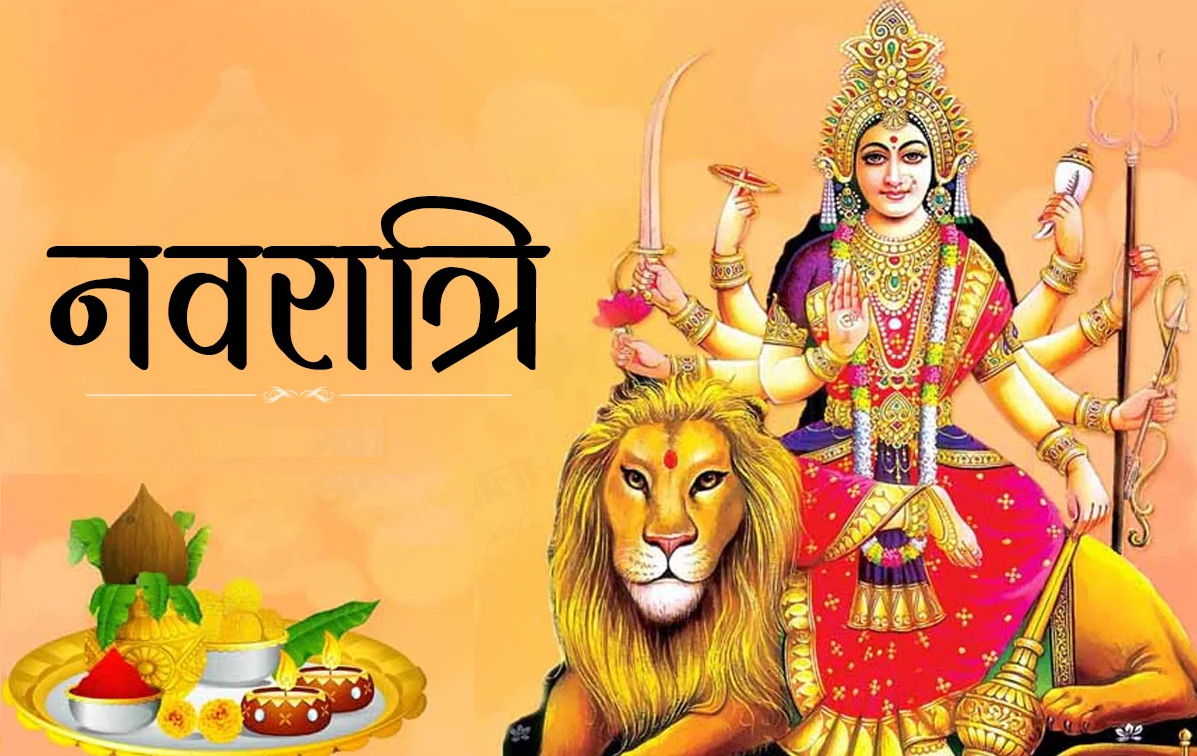
Navratri has been a long-standing custom for us all with a lot of strict worth appended to it. We likewise realize that Navratri certainly is one of the greatest Hindu festivals celebrated in the country with extraordinary intensity and excitement.
Anyway, very few would know that it is praised in various seasons, five times each year. They are Chaitra Navratri, Ashadha Navratri, the Sharada Navratri, and the Paush/Magha Navratri. Of these, the Sharada Navratri in the Varsha Ritu (beginning of pre-winter) and the Chaitra Navratri in the Vasanta Ritu (spring) are vital.
Chaitra Navratri 2023 beings on Tue, 09 April 2024 and ends on Wed, 17 April 2024
Navratri is a 9-day long celebration in a year. The primary Navratri of the year, Chaitra Navratri is commended in the long periods of March-April. It is additionally called Vasant Navratri as it falls in the spring season. While the Navratri celebration celebrated in the pre-winter season is called Sharad Navratri.
Chaitra Navratri is a fantastic nine days celebration celebrated with incredible energy in Northern India. This Navratri is celebrated during the Shukla paksha of Chaitra masa (Hindu schedule month), which is between March and April. Maharashtrians praise the primary day of this Navratri as Gudi Padwa and in Kashmir, it is called Navreh. This Navratri is abundantly celebrated in Northern and Western India and makes the beautiful spring season all the more seriously captivating and divine.
Read Also: Dussehra Festival in India
Chaitra” signifies the start of a New Year. So the New Year starts with nine days of turning inwards; supplication, contemplation, and reciting. Perceiving the Divinity in the entire creation, and breathing new life into that perspective.

History And Importance Of Chaitra Navratri
Chaitra Navratri marks the start of the Hindu New Year and it falls in the spring season. Enthusiasts love three principle indications of Goddess Shakti to be specific Durga, Saraswati and Lakshmi and look for their heavenly favours during this promising season. The nine types of Shakti which are praised, one on every day, are Durga, Shailputri, Brahmacharini, Chandraghanta, Kushmanda, Skanda Mata, Katyayani, Kaalratri, Maha Gauri and Siddhidatri. Each type of Goddess Durga is offered various contributions.
Navratri is tied in with asking, pondering, fasting and partaking in the nine days of celebrations. Enthusiasts try not to drink non-veggie lover food, liquor and tobacco. All things considered, they quickly and devour light food prepared without onion and garlic. This fasting has a more profound significance – Chaitra Navratri is praised around season change when summers start. During this time, our resistance and the stomach related framework will in general be powerless, thus it is encouraged to have quick bites during that time.
Day 1 – Shailaputri
Known as Pratipada (first day), this day is related to Shailaputri (“Daughter of Mountain“), a manifestation of Parvati. It is in this structure that Durga is venerated as the spouse of Shiva; she is portrayed as riding the bull, Nandi, with a trishula in her right hand and lotus in her left.

Day 2 – Brahmacharini
On Dwitiya (second day), Goddess Brahmacharini, one more manifestation of Parvati, is venerated. Here, Parvati became Yogini, her unmarried self. Brahmacharini is revered for liberation or moksha and the gift of harmony and flourishing.

Day 3 – Chandraghanta
Tritiya (third day) recognizes the love of Chandraghanta – the name got from the way that after wedding Shiva, Parvati enhanced her temple with the Ardha Chandra (lit. half-moon).

Day 4 – Kushmanda
Goddess Kushmanda is adorned on Chaturthi (fourth day). Accepted to be the innovative force of the universe, Kushmanda is related to the gift of vegetation on the planet, and thus, the shade of the day is orange.

Day 5 – Skandamata
Skandamata, the goddess adored on Panchami (fifth day), is the mother of Skanda (or Kartikeya). The white tone is representative of the changing strength of a mother when her kid is stood up to with risk.

Day 6 – Katyayani
Brought into the world to sage Katyayana, she is a manifestation of Durga and is displayed to show boldness which is represented by red. Known as the champion goddess, she is viewed as one of the most incredibly rough types of Devi. Katyayani rides a lion and has four hands in this symbol. She is a type of Parvati, Mahalakshmi, Mahasaraswati. She is commended on Shashtami (6th day).

Day 7 – Kaalratri
Considered the most fierce type of Goddess Durga, Kaalratri is venerated on Saptami. It is accepted that Parvati eliminated her fair skin to kill the evil presences Sumbha and Nisumbha.

Day 8 – Mahagauri
Mahagauri represents knowledge and harmony. It is accepted that when Kaalaratri cleaned up in the Ganga waterway, she acquired a hotter tone. The shading related to this day is Pink which portrays hopefulness. She is commended on Ashtami (eighth day).

Day 9 – Siddhidatri
On the last day of the celebration otherwise called Navami (10th day), individuals go to Siddhidhatri. She is accepted to have a wide range of Siddhis which she offers and she sits on a lotus. Here she has four hands. Otherwise called Mahalakshmi, The purple shade of the day depicts a reverence towards nature’s magnificence. Siddhidatri is Parvati, the spouse of Lord Shiva. Siddhidhatri is likewise considered to be the Ardhanarishvara type of Shiva and Shakti.

Navaratri is commended in various ways all through India. Certain individuals respect various parts of Durga and certain individuals quick while others feast. The Chaitra Navaratri finishes in Ram Navami and the Sharada Navaratri comes full circle in Durga Puja and Vijayadashami
Previously, Shakta Hindus used to recount Durga’s legends during the Chaitra Navratri, yet this training around the spring equinox has been declining. For most contemporary Hindus, the Navaratri around the fall equinox is a significant celebration and the one noticed. To Bengali Hindus and Shakta Hindus outside of eastern and northeastern provinces of India, the term Navaratri suggests Durga Puja in the champion goddess part of Devi. In different customs of Hinduism, the term Navaratri suggests the festival of Durga however in her more quiet structures, like Saraswati – the Hindu goddess of information, learning, music, and different expressions. In Nepal, Navaratri is called Dashain and is a significant yearly homecoming and family occasion that praises the connections among older folks and adolescents with Tika Puja, as well as across family and local area individuals.
Chaitra Navratri Dates 2024
Date
|
Colour of the Day
|
Pooja
|
09 April 2024 (Tuesday) |
Grey
|
Ghatasthapana Chandra Darshan Shailputri Puja |
10 April 2024 (Wednesday) |
Orange
|
Brahmacharini Puja Sindhara Dooj |
11 April 2024 (Thursday) |
White
|
Gauri Puja Saubhagya Teej Chandraghanta Puja |
12 April 2024 (Friday) |
Red
|
Kushmanda Puja Lakshmi Panchami Vinayaka Chaturthi |
13 April 2024 (Saturday) |
Royal Blue
|
Skandamata Puja Naag Puja Skanda Sashti |
14 April 2024 (Sunday) |
Yellow
|
Yamuna Chhath Katyayani Puja |
15 April 2024 (Monday) |
Green
|
Maha Saptami Kalaratri Puja |
16 April 2024 (Tuesday) |
Peacock Green
|
Durga Ashtami Mahagauri Puja Annapurna Ashtami Sandhi Puja |
17 April 2024 (Wednesday) |
Purple
|
Rama Navami |
18 April 2024 (Thursday) |
Navratri Parana Day
|
Dashmi Pooja Navratri Parana |



